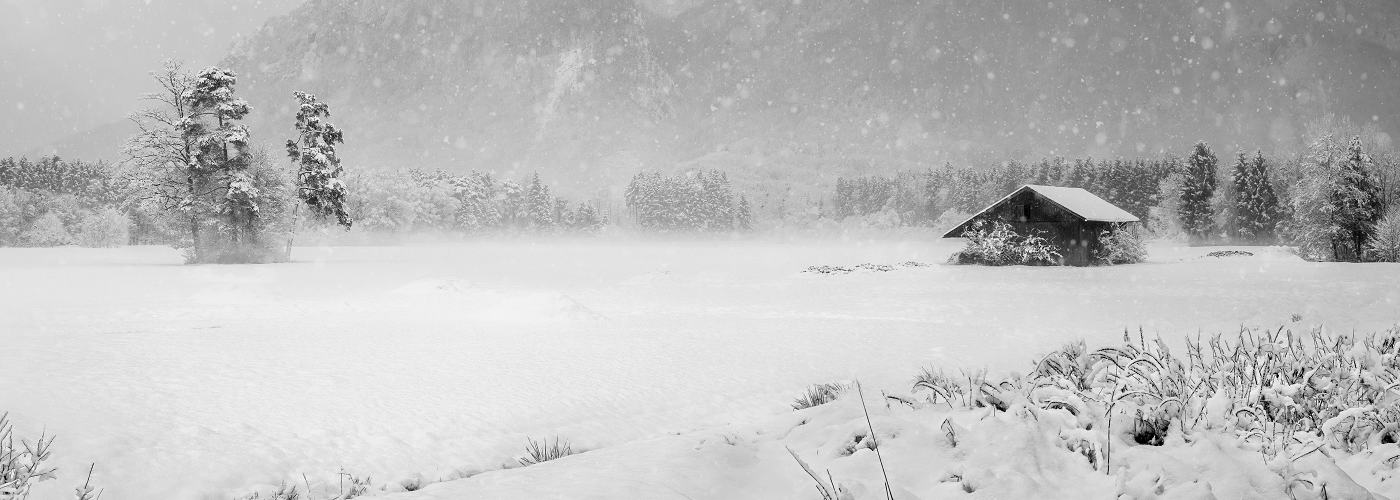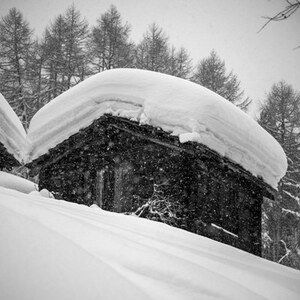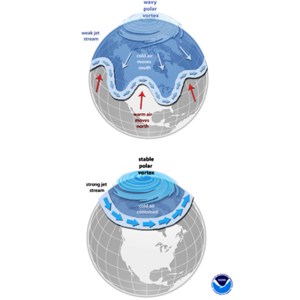

With the influence of a strong El Niño across the eastern Pacific Ocean, much of the meteorological winter of 2023-24 has been remarkably mild and light on snow for large parts of the Northern Plains and western Great Lakes. From Michigan, to northern Wisconsin, to Minnesota, northern South Dakota, as well as North Dakota, many cities are running snowfall deficits of 1 to 2 feet or more for the season, compared to the 30-year average. There have been much more severe winters in the past, though, that stand in stark contrast to this year's relatively mild winter. The “Long Winter” of 1880-81 was for many sites across the Plains and Midwest near the top, if not the record coldest and snowiest winter on record.
The famous series of Little House books by Laura Ingalls Wilder dealt with the winter of 1880-81 in the sixth novel, entitled, “The Long Winter.” In it, Wilder recounts how an early blizzard in mid-October of 1880 was followed by a relentless succession of blizzards which eventually suspended all rail travel to eastern Dakota Territory cutting off the residents from much needed supplies of food and fuel until May of 1881.
A 2020 study headed by Barbara Mayes Boustead of the University of Nebraska—Lincoln sought to examine the data which would support Wilder's account of an unusually severe winter. Using an index to rank the severity of a winter season by the combined effects of snow and cold, the study found that for a wide swath from the northern and central Plains eastward to the Great Lakes, the winter of 1880-81 ranked at least in the top 5 severest winters on record, with some locations like Omaha, NE; Des Moines, IA; and Dodge City, KS experiencing their worst winter, and Minneapolis-St. Paul ranking a close second.
One of the main reasons why the winter of 1880-81 was so severe across a large swath of the northern and central U.S. has to deal with a weakening of west to east winds encircling the polar region. This circulation is called the polar vortex. As this circulation decreases in intensity, surges of Arctic air more easily make their way farther south into North America and Europe.

